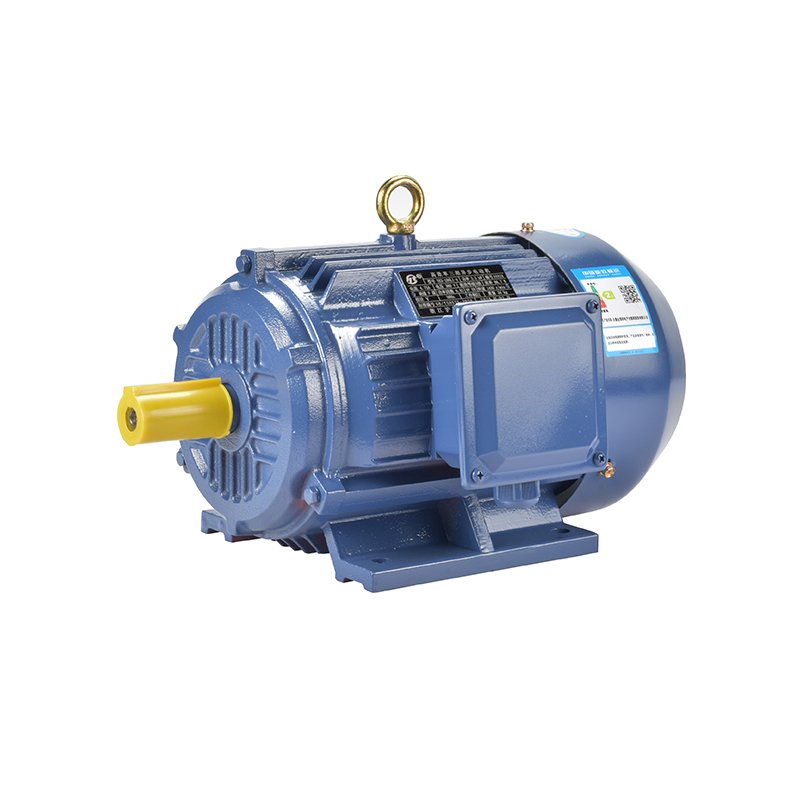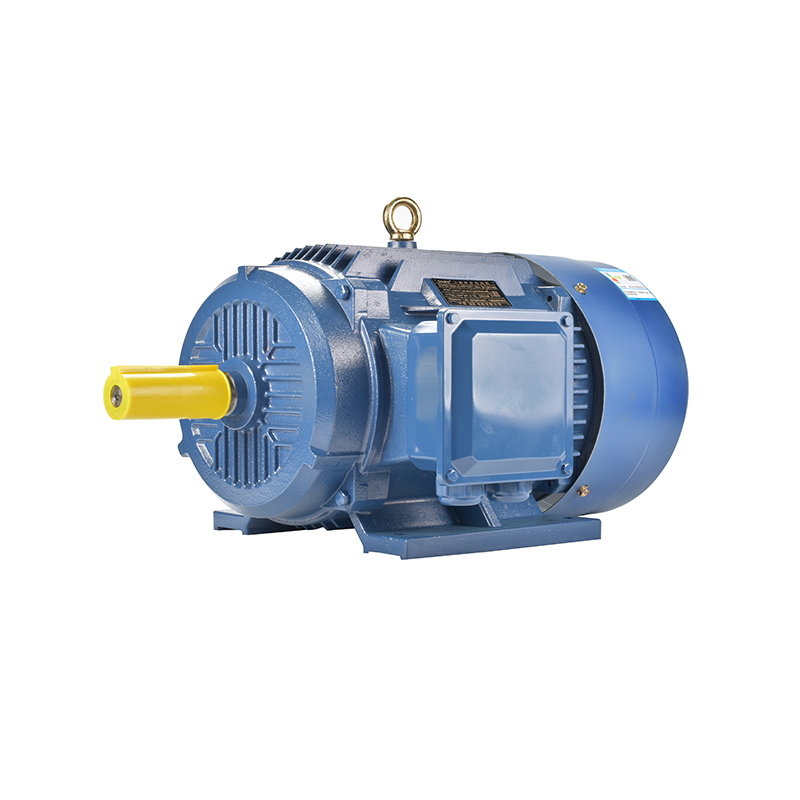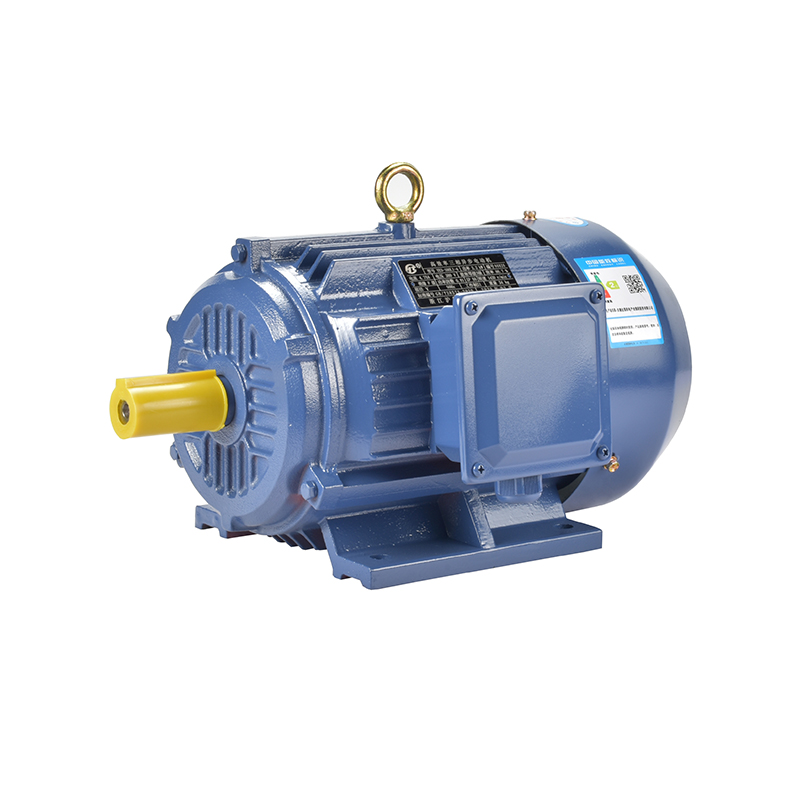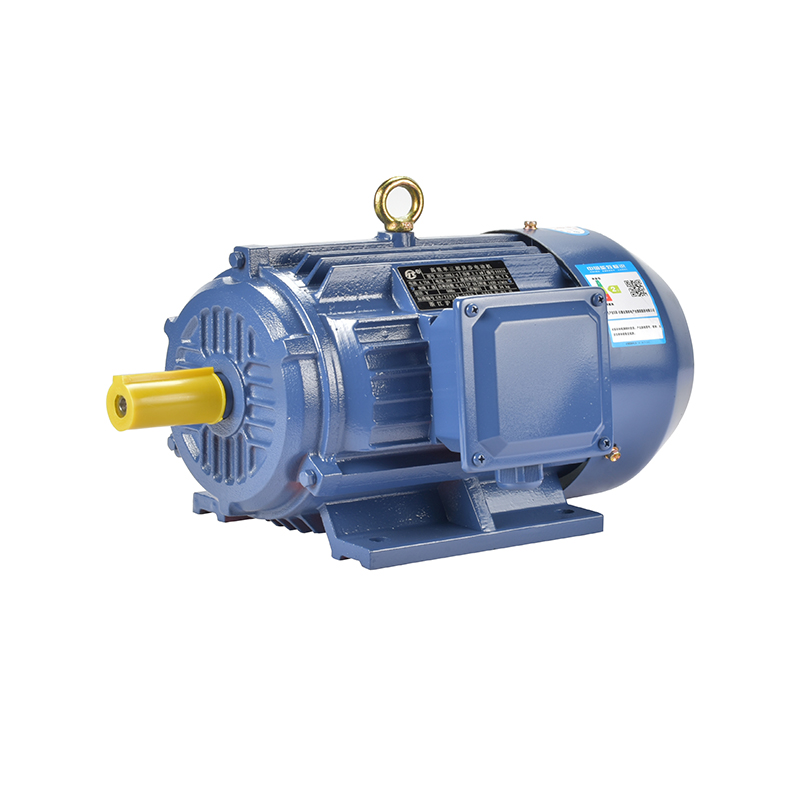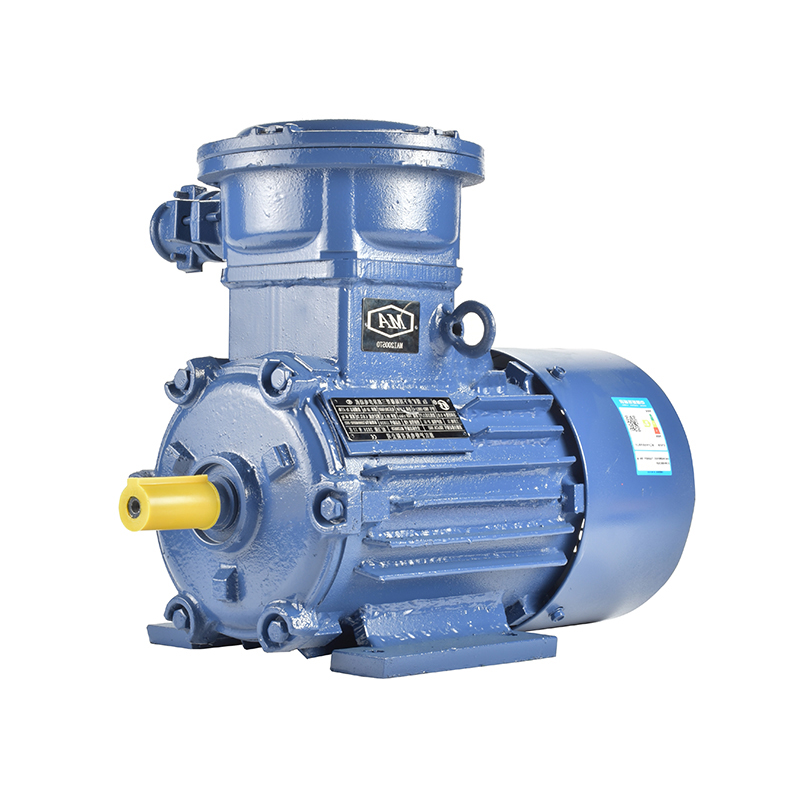Exploring Motor Enclosure Types And Their Applications
When selecting an electric motor for a specific application, understanding the type of motor enclosure is essential. The enclosure not only protects the internal components from environmental factors but also influences the motor’s durability, cooling, and maintenance requirements. Different applications call for different enclosure types, especially when dealing with various motor models such as three phase permanent magnet motors, industrial AC motors, and small permanent magnet motors.
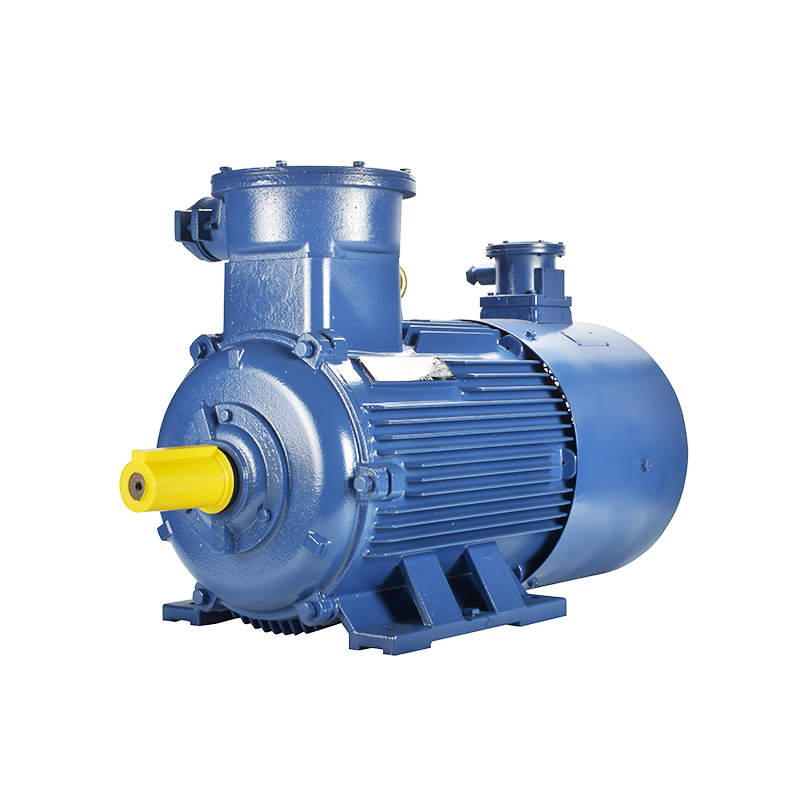
Electric motors are used across countless industries, from manufacturing lines to HVAC systems and even home appliances. Each environment presents unique challenges, such as exposure to dust, moisture, chemicals, or bad temperatures. Motor enclosures help address these challenges by providing a barrier between the motor’s sensitive parts and the external environment.
One of the more common types of motor enclosures is the Open Drip Proof (ODP) enclosure. This design features openings that allow air to flow freely through the motor for cooling. The openings are positioned so that water droplets or other contaminants dripping from above do not enter the motor. ODP motors are often used in clean, dry indoor environments where the risk of dust or moisture is small. For example, industrial AC motors with ODP enclosures are typical in controlled manufacturing settings where ventilation is necessary but contamination is limited.
In contrast, the Totally Enclosed Fan Cooled (TEFC) enclosure provides more protection by sealing the motor against the outside environment while using an external fan to cool it. TEFC motors prevent dust, dirt, and moisture from entering the motor, which makes them suitable for harsher environments like factories with airborne contaminants or outdoor installations exposed to weather. A three phase permanent magnet motor with a TEFC enclosure, for instance, can operate reliably in industrial applications where dust or water exposure is a concern, without compromising cooling efficiency.
Another common enclosure type is the Totally Enclosed Non-Ventilated (TENV) motor. Unlike TEFC, TENV motors lack an external cooling fan, relying on natural convection to dissipate heat. These are used in environments where dust or contaminants are present, but external cooling isn’t feasible or necessary. Small permanent magnet motors with TENV enclosures are often seen in equipment that requires quiet operation and where the motor is protected from direct environmental exposure but still needs to prevent internal contamination.
For motors used in especially demanding environments, such as food processing or chemical plants, Explosion Proof (XP) enclosures are critical. These motors are designed to contain any internal explosions and prevent sparks or flames from escaping the enclosure, which could ignite hazardous gases or dust outside the motor. While three phase permanent magnet motors are less common in explosion-proof designs due to their construction, industrial AC motors frequently use XP enclosures in these hazardous locations to meet safety requirements.
When it comes to moisture protection, Washdown enclosures are specially designed to allow frequent cleaning with water or chemicals, commonly found in food and beverage industries. Motors with washdown enclosures have sealed surfaces and components that resist corrosion and prevent ingress of water. Small permanent magnet motors with such enclosures support applications where compact size and resistance to washdown conditions are both required.
Besides protection, the motor enclosure influences maintenance procedures. Open enclosures like ODP allow easier inspection and service since components are accessible. However, this also means they may require more frequent cleaning or protection in dusty environments. Totally enclosed motors such as TEFC or TENV require less maintenance related to contamination but can be more challenging to service due to their sealed design.
Thermal management is another consideration connected to the enclosure type. Motors generate heat during operation, and improper cooling can reduce motor life or performance. TEFC motors address this with external fans to force airflow, while ODP motors depend on natural ventilation. For small permanent magnet motors, which often operate at higher speeds and tighter tolerances, ensuring adequate cooling through the enclosure design is critical.
Selecting the right enclosure type depends largely on the working environment and the specific motor technology used. For example, a three phase permanent magnet motor used in an industrial robot might require a totally enclosed design to keep dust and debris out while maintaining efficient cooling for precise operation. Meanwhile, an industrial AC motor in a well-ventilated manufacturing hall might operate effectively with an open drip proof enclosure to balance airflow and protection.
In summary, motor enclosure types vary widely, and their selection affects the motor’s performance, longevity, and suitability for particular environments. Whether it’s a small permanent magnet motor designed for a compact appliance, a three phase permanent magnet motor powering industrial automation, or an industrial AC motor running a conveyor system, understanding enclosure types helps ensure reliable and efficient operation in diverse conditions. By matching the enclosure to the operating environment and motor design, companies can better meet the demands of their applications without compromising motor integrity or performance.
-
Feedback



 English
English русский
русский Español
Español عربى
عربى

